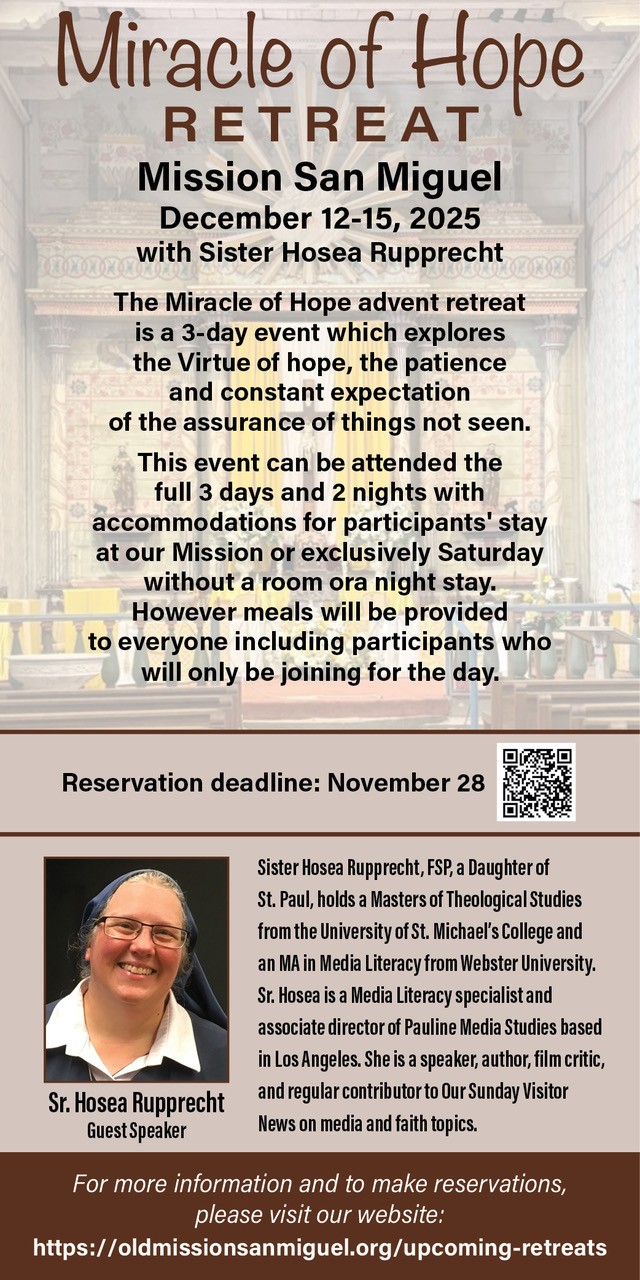As a young boy in the 1190s, Prince Rastko Nemanjic escaped from home to join the Orthodox monastic colony on Mt. Athos, where he was given the name Sava. He traveled to a Russian monastery, and then to the Greek monastery Vatoped. In 1197, his father, King Stefan Nemanja, joined him.
The next year, Sava and his father restored Hilandar, an abandoned monastery that became the center of Serbian Christian monastic life. Sava’s father took the name Simeon, and made his monastic vows there. He died on February 13, 1200, and was canonized.
After his father’s death, Sava went to Kareya, where he built an ascetic monastery for himself. He then persuaded the Patriarch of the Greek/Byzantine Orthodox Church to make him the first Serbian archbishop. This established the independence of the archbishopric of the Serbian Church in 1219.
After participating in a ceremony called “blessing of the waters,” Sava developed a cough, which turned in pneumonia. He died on January 14, 1235, and was buried at the Cathedral of the Holy Forty Martyrs in Trnovo, until his bones were moved to a monastery in southern Serbia. The Turks dug his bones up 360 years later and burned them on the square in Belgrade. A temple of St. Sava was built on that spot in 1985.
St. Sava is the patron saint of education and medicine among the Serbs.

